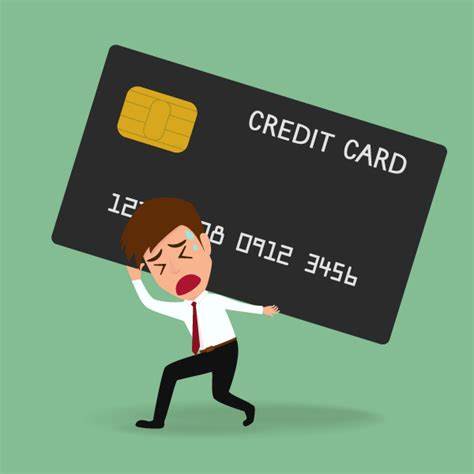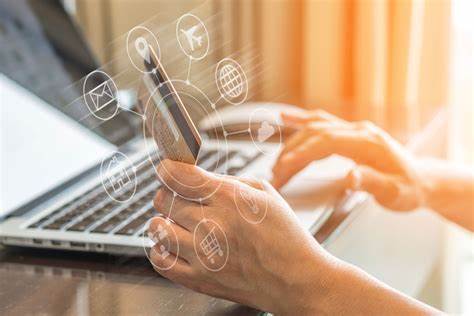Due to the recent economic downturn, people are increasingly dissatisfied with banks. High interest rates, credit card fees and poor customer service make them urgently demanding change and better treatment. The recent 2009 credit card bill is a step in the right direction, but it is not an all-encompassing solution.
 We understand the difficulties you have experienced. That's why we came up with this - the ultimate, no hypocrisy, super simple step by step guide, you can follow the debt. Ready? let us start.
We understand the difficulties you have experienced. That's why we came up with this - the ultimate, no hypocrisy, super simple step by step guide, you can follow the debt. Ready? let us start.
1. Understand your actual disposable income
First, get your salary stub. After deducting all taxes and fees, check your total home income. Also, get your credit card statement. Check carefully, highlight the absolute demand (mortgage payments, phone bills, food, etc.) with a green highlighter, highlight the demand with a yellow highlighter (buy clothes, snacks and drinks), and purchase it with a pink highlighter (new TV). Deduct your needs from your total income and determine your actual disposable income, remember this number.
Based on your disposable income, think about how you want to allocate your budget to pay off your debts, buy “want” items, invest and save. Distribution depends on your actual debt, personal savings goals, and so on.
3. Pay your minimum payment
If you have multiple credit cards with a balance, please pay at least the minimum amount for each of your credit card statements to avoid late fees and may result in a decrease in credit score.
If you have multiple credit cards, student loans, or interest-bearing loans, compile them into a list and sort by interest rate in descending order. You should pay off the highest interest debt first, because in the long run, these debts are the most expensive. If you think you can get a better interest rate, refinance your home or student loan.
5. If you haven't already
If you are heavily in debt, missing payment is the worst thing you can do for yourself. Automate minimum payments by at least banks or issuers. Even better, debit your credit card. Debits automatically complete daily payments to pay for your credit card payments, then automatically pay your bills, so you never miss a payment. Most importantly, it is completely free.
6. Use your savings
If you maintain a healthy savings account while owning certain debts, consider using some of your savings to pay off your debts! honestly. It is good to save money for rainy days. It feels good to have this egg laying. But you can think like this - you pay more on the credit card than you earn on the savings account - if you need funds on an emergency in the road, you can always write back the charge back to your credit card. The interest you will save will help you rebuild your savings faster.
7. Tell your creditors your interest rate
Convene your creditors. Tell them about your financial situation and the difficulty of paying your balance. Your creditors have the ability to lower your interest rate. If you catch them when you are in a good mood, they may greatly reduce your interest. They would rather let you pay less and not pay your payments.


